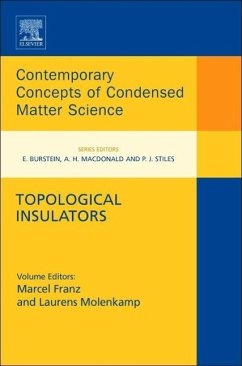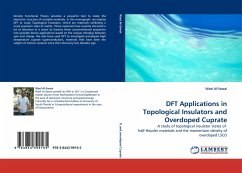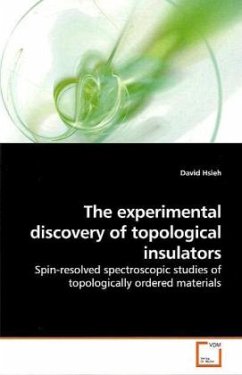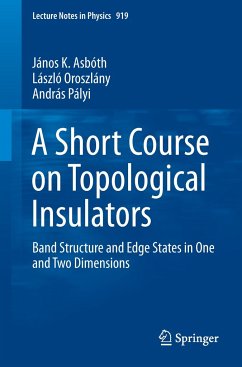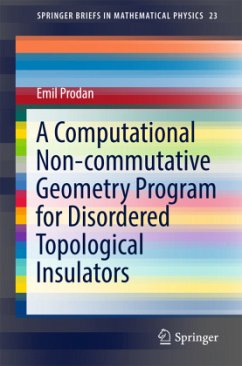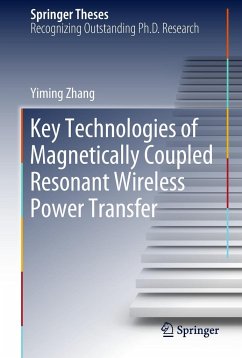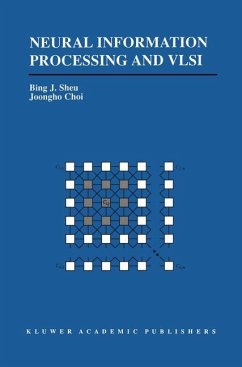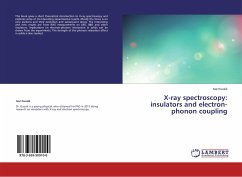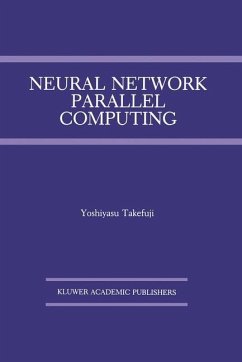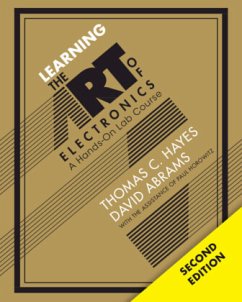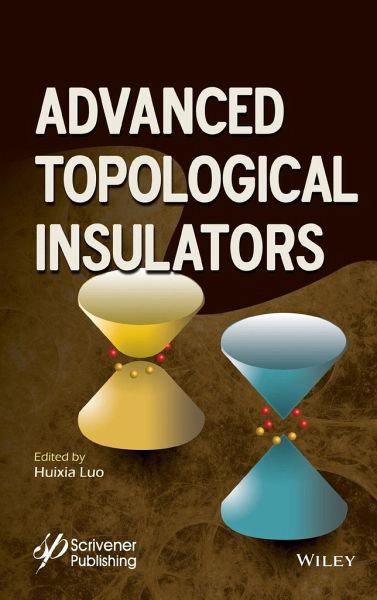
Advanced Topological Insulators
Versandkostenfrei!
Versandfertig in über 4 Wochen
209,99 €
inkl. MwSt.
Weitere Ausgaben:

PAYBACK Punkte
105 °P sammeln!
Advanced Topological Insulators provides researchers and graduate students with the physical understanding and mathematical tools needed to embark on research in this rapidly evolving field. Topological insulators is one of the most exciting areas of research in condensed matter physics. Topological insulators are materials with nontrivial symmetry-protected topological order that behaves as insulators in their interior but whose surface contains conducting states, meaning that electrons can only move along the surface of the material. During the past decade, myriad reliable theoretical and ex...
Advanced Topological Insulators provides researchers and graduate students with the physical understanding and mathematical tools needed to embark on research in this rapidly evolving field. Topological insulators is one of the most exciting areas of research in condensed matter physics. Topological insulators are materials with nontrivial symmetry-protected topological order that behaves as insulators in their interior but whose surface contains conducting states, meaning that electrons can only move along the surface of the material. During the past decade, myriad reliable theoretical and experimental data have been accumulated on topological insulators. The time is now right to gather together this information into a handbook to make it readily available for researchers and students preparing to work in this area of condensed matter physics, quantum information and materials science. Presenting the latest developments, this book covers most introductory experiments and applications in topological insulators and provides a foundation for understanding the field. Some of the topics covered in this groundbreaking book are: * Shows how to use topological insulator materials for advanced optoelectronic devices. * Explains what topological insulator thin films and artificial topological superconductors are. * Discusses dimensional crossover of topological properties in thin films of topological insulators (TI) and Weyl semimetals, electronic properties on the surface of TI nanoparticles and TI nanowires as a constrained electronic system. The effects of disorder are also highlighted. * Demonstrates that a purely local interaction can cause topological transitions by renormalizing kinetic energy terms alone, without phase transitions associated with order parameters. Disorder is also a means of changing the topology of Chern insulators as it localizes every state except for those carrying the topological invariant. * Presents two Q-switched Erbium-doped fiber lasers utilizing topology insulators as a saturable absorber. * Introduces several statistical aspects related to the critical phenomena of topological phase transitions. Audience The book is written for researchers from diverse backgrounds across chemistry, physics, materials science and surface engineering.




